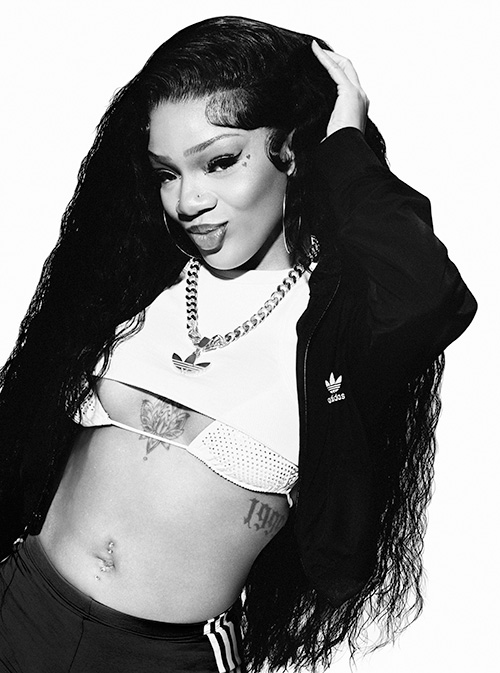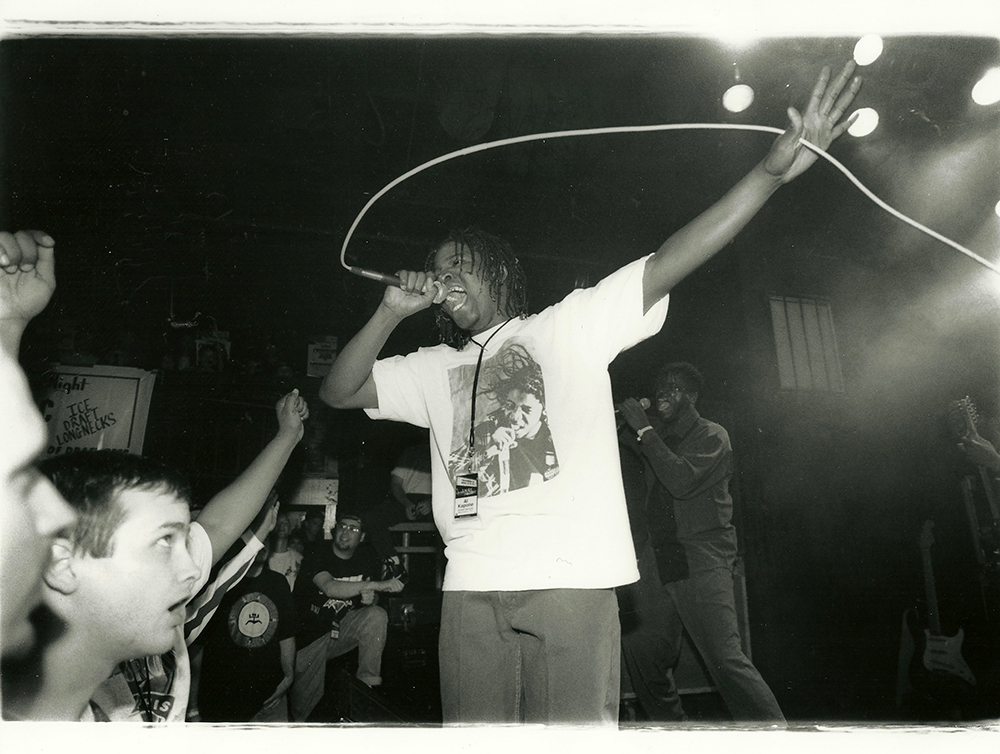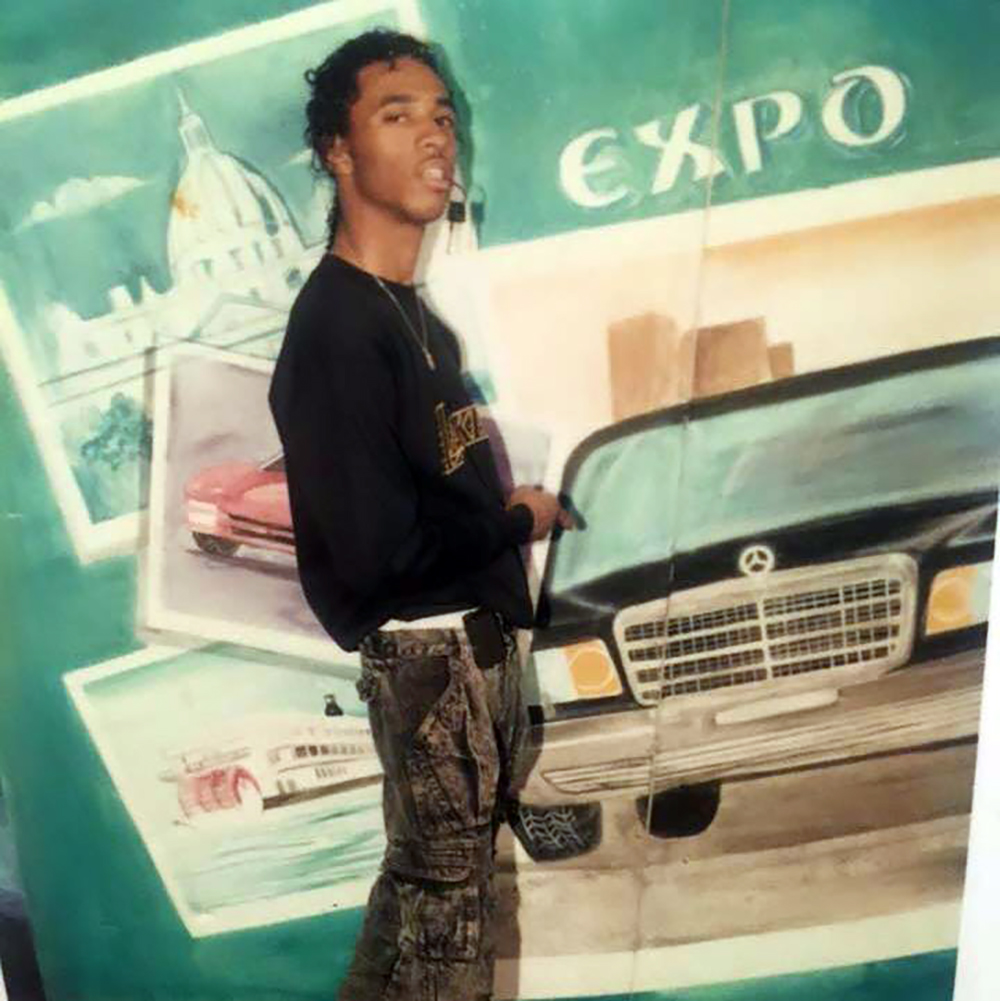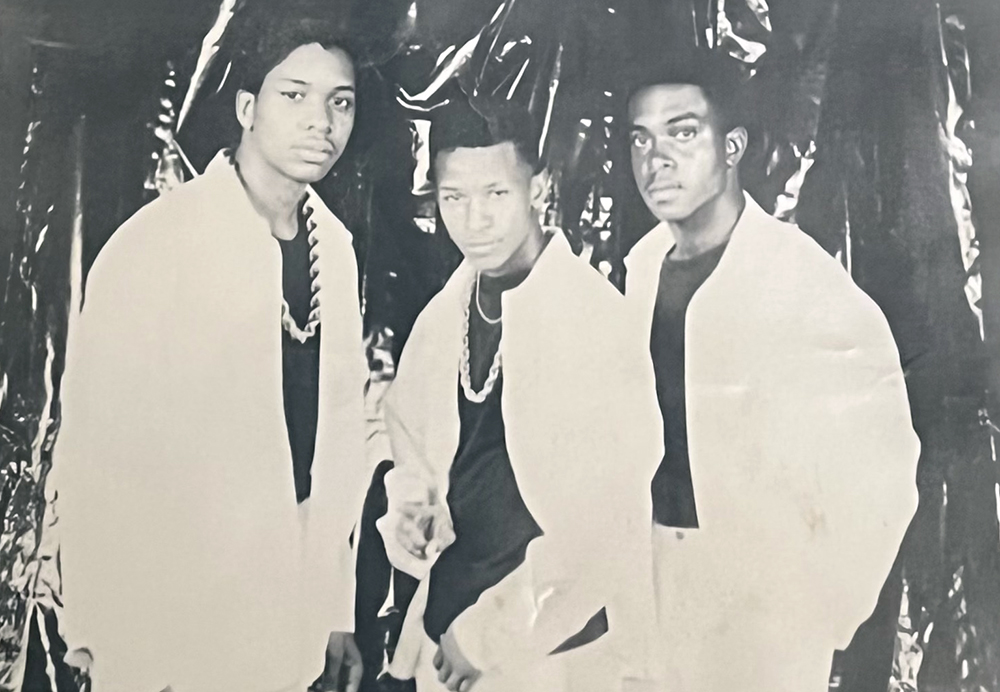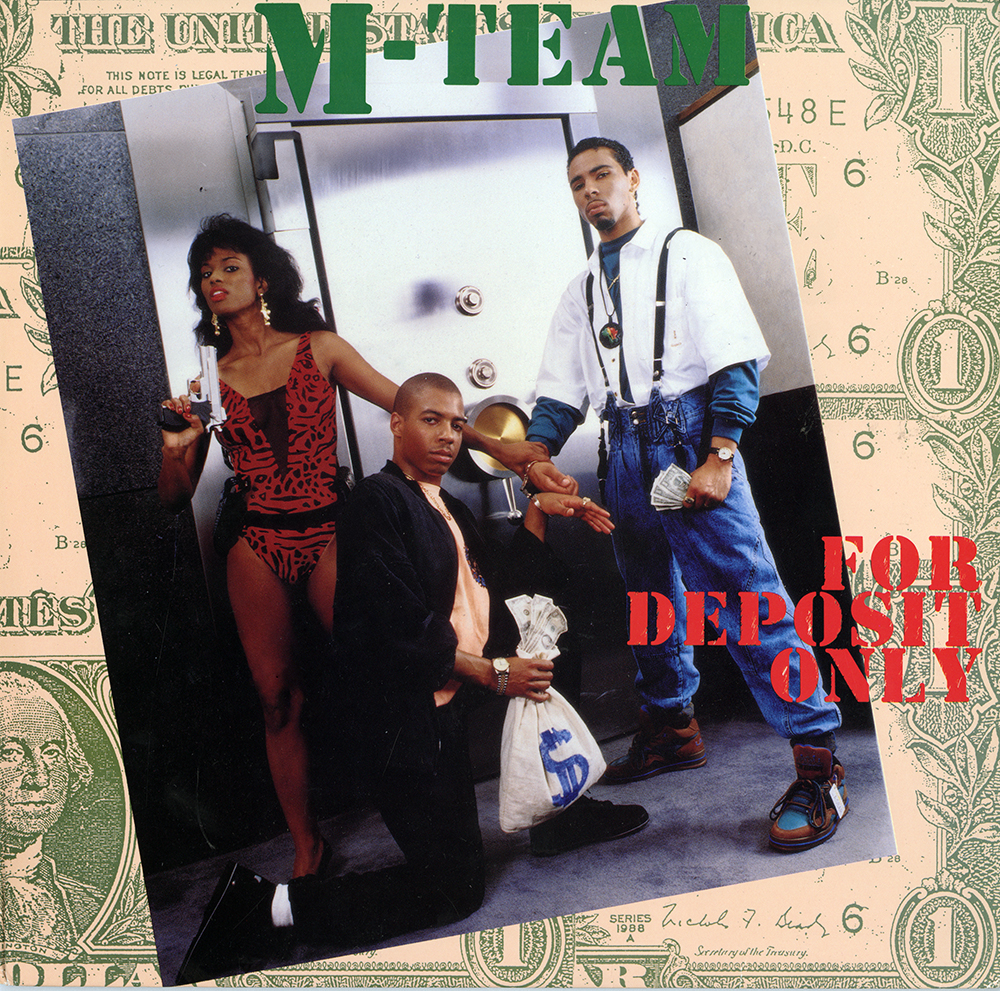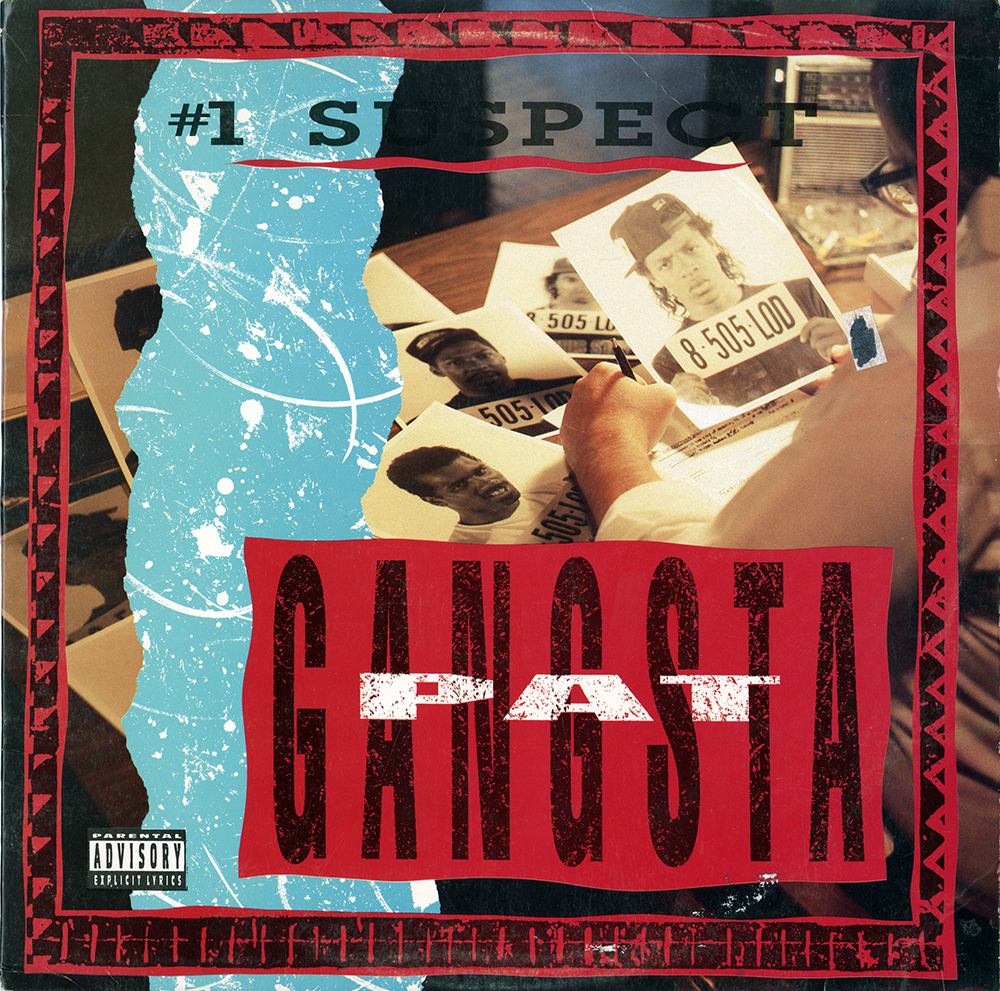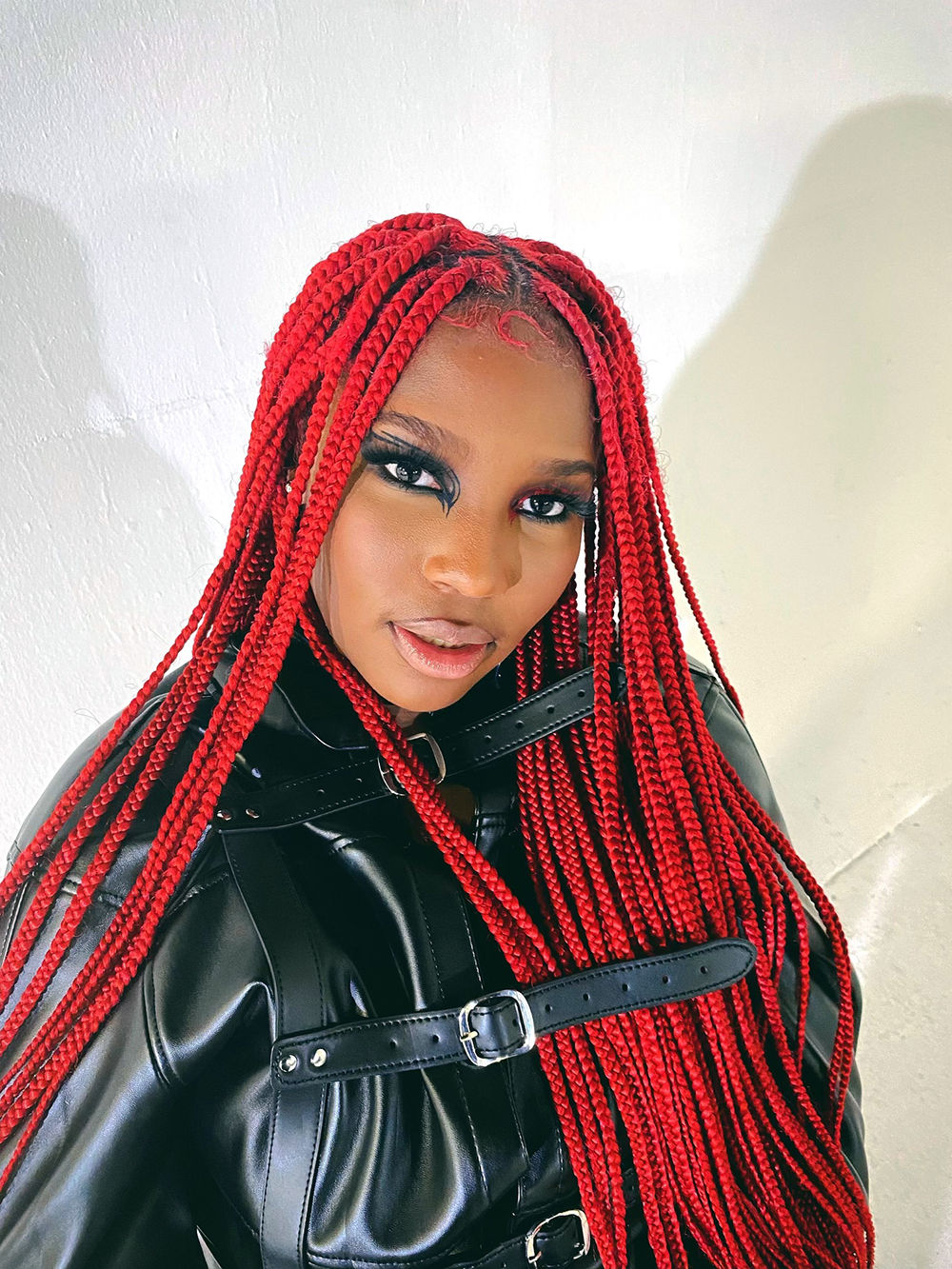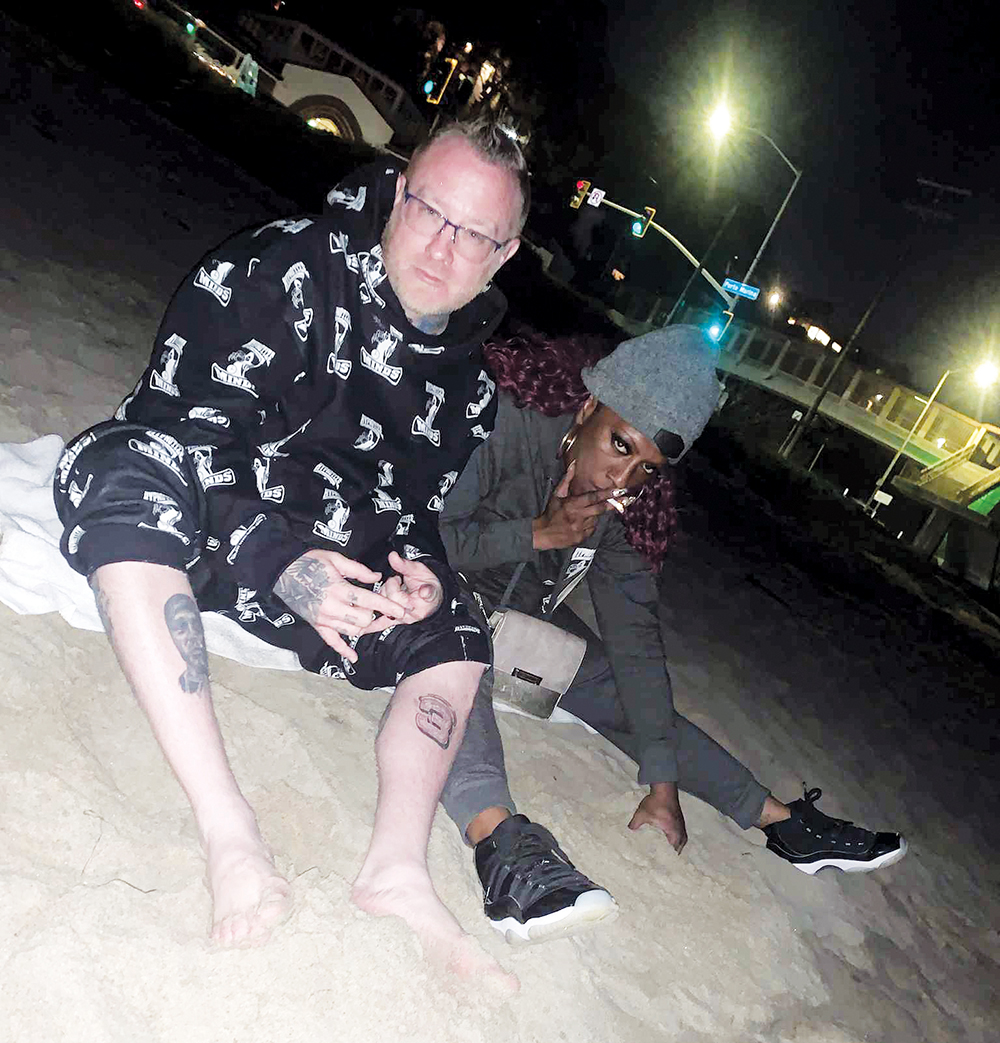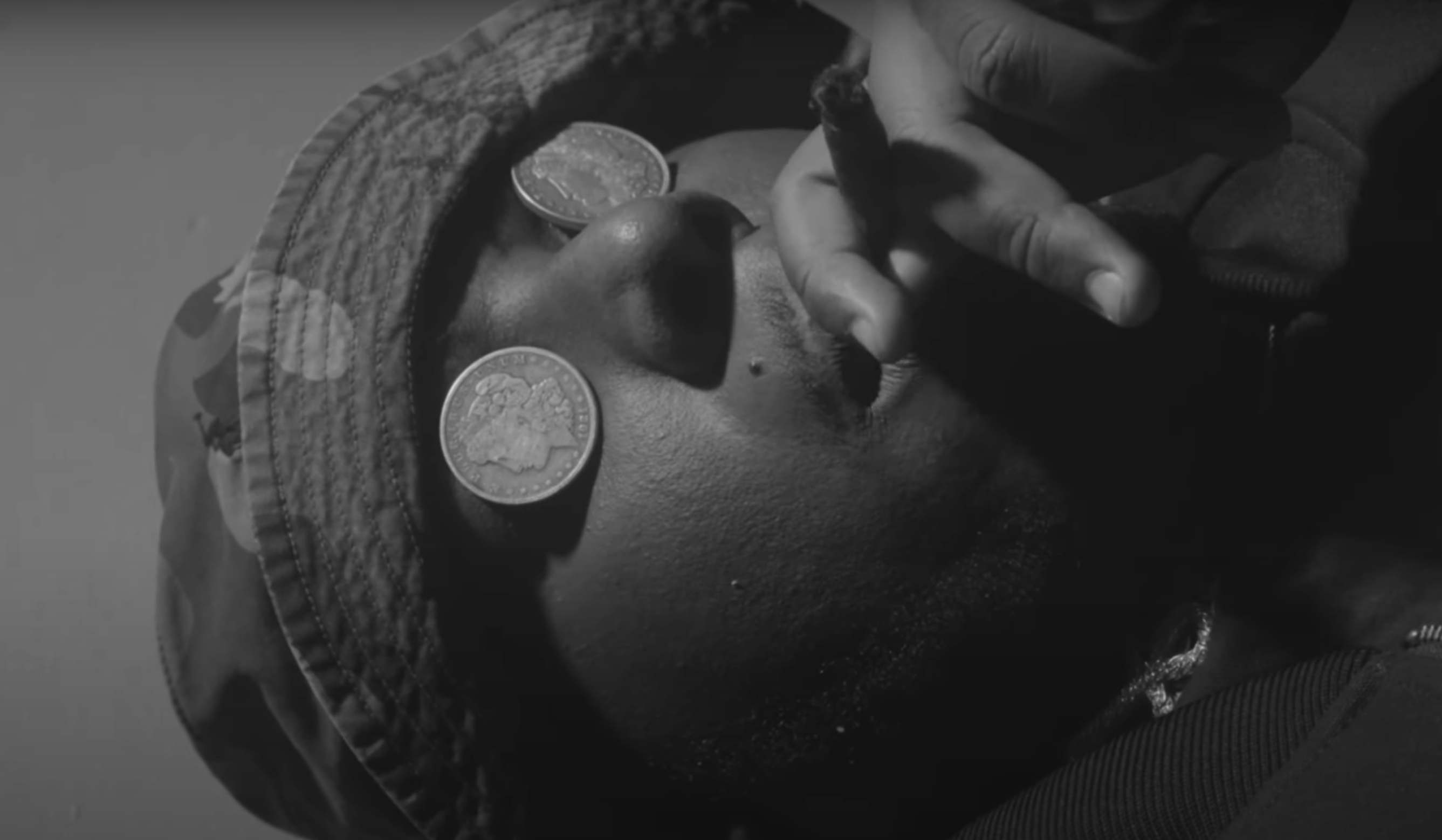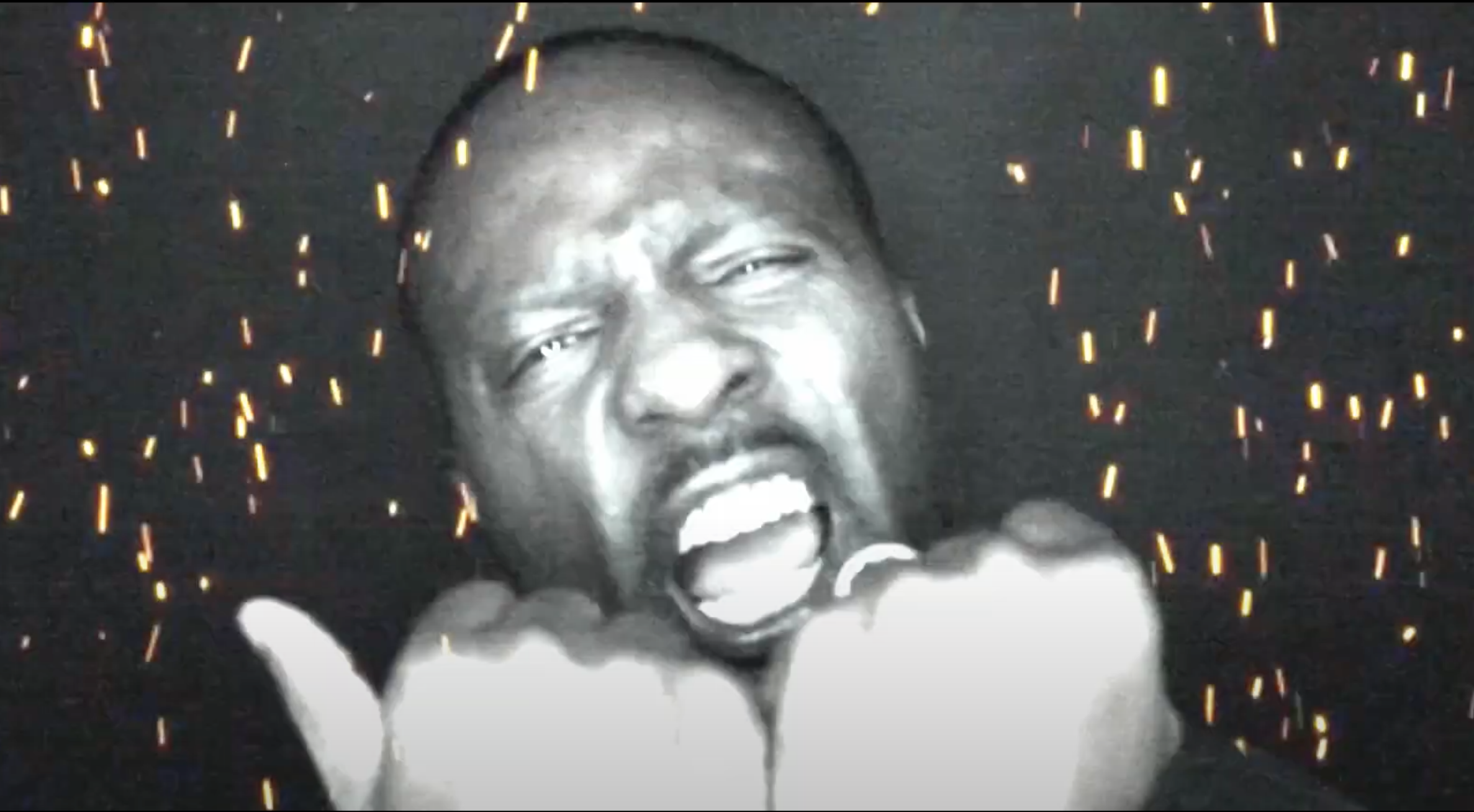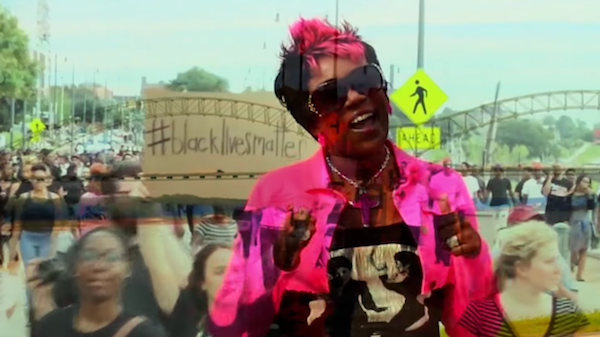So many things these days are giving us whiplash — that “Wait, what just happened?” feeling of business as usual being turned on its head. Such was the feeling, in a positive direction, when the world witnessed the swift, steady ascension of GloRilla in 2022 to ’23. Her first hit single, “F.N.F. (Let’s Go),” brought that “OMG” feeling as we realized a new supernova had blossomed in the Milky Way of rap. Her cocky, tell-it-like-it-is, Memphian delivery felt like a wake-up call. And the Mid-South found a new hero, as did the new Memphis sound, that uniquely spacious orchestral bounce of the city’s beat that has perennially dominated the global hip-hop charts. Since that shot across the bow, GloRilla’s dropped one hit single after another on Yo Gotti’s Collective Music Group (CMG) label, not to mention 2024’s full-length Glorious, which locked in her triumphs of the previous year. Now, on a tour named for that gold album, she’s reaping the rewards, including her triumphant headliner homecoming at FedExForum this Friday, July 25th, the GloRilla & Friends First Annual GLO Bash.
BOOM! And then there was Glo, or so goes the myth. But, having begun rapping at least 10 years ago at the age of 16, GloRilla was on locals’ radar well before “F.N.F.” was even a gleam in her eye. To better understand this phenomenon of the woman born Gloria Hallelujah Woods, the Flyer staff has combed the city and crossed the nation to chase that “OMG” feeling, to better grasp the magic of her persona, the secret ingredients of her flow, and the magnetic draw of her shows. Read on, then, as we follow the road, step by step, station by station, to that golden FedExForum which, come Friday, may very well begin radiate a whole new glow.
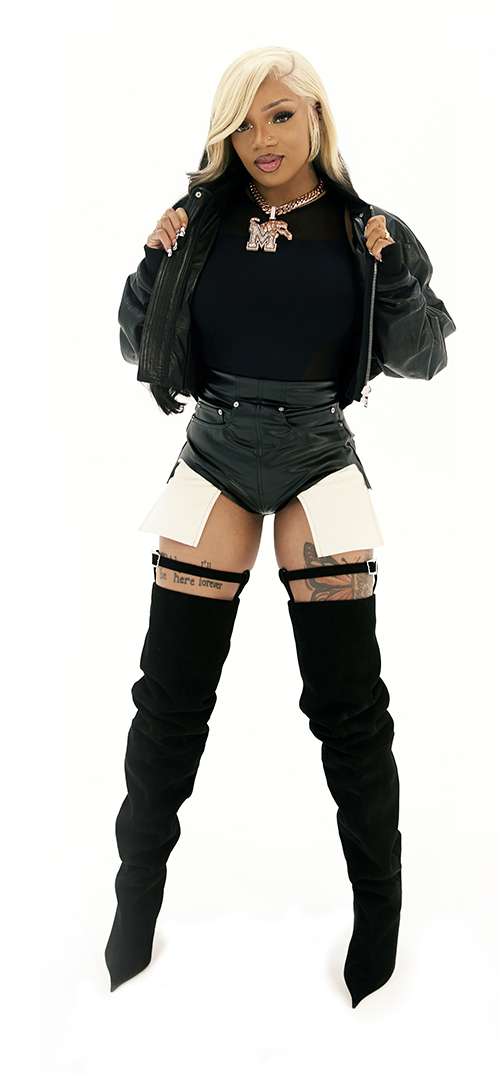
What Makes Glo Great?
“The first time I heard about GloRilla was when she was doing local shows in and around Orange Mound,” says IMAKEMADBEATS, founder of the hip-hop collective Unapologetic. “It was her and Slimeroni and the rest of the gang. You heard that there was a mob of young girls rapping and rapping hard. You felt a movement coming for sure.”
GloRilla’s debut mixtape, 2019’s Most Likely Up Next, is a document of the time the teenage rapper was taking the Mound by storm. She burst out of the underground in 2022 with the Hitkidd-produced “F.N.F.” On the surface, the video follows the familiar formula of hot girls, hot cars, and excess. Only this video is shot on a smartphone, the “hot cars” are Nissans, and the women are not objects — they’re in charge. “Twerking on the cars at the red light, it definitely felt like a heightened viral moment of ‘Wow! Look at this!’” says Jared Boyd, program manager for WYXR. “This is very uniquely Memphis in a way that I hadn’t seen in a long time.”
There are thousands of no-budget hip-hop videos on YouTube, but “F.N.F.” has racked up more than 93 million views since it dropped in April 2022. It was the first inkling of GloRilla’s populist instincts, and what would become her fierce control of her own image. “She is a glowing representative — I guess pun intended — of what happens when you are extremely aware of who you are, and then unapologetic about being that,” says IMAKEMADBEATS.
After “F.N.F” blew up and she scored a collaboration with her cousin Cardi B for the Anyway, Life’s Great EP, it could have been the end for Glo. “It’s not uncommon in hip-hop for someone to have a really, really huge debut, and for them to get signed and their single to get picked up by a larger organization, and maybe they don’t necessarily get the support to capitalize off of that. It’s not always the artist’s fault,” says Boyd. “[But] almost as soon as it came out of my mouth that I wasn’t sure that Glo would have a follow-up, she had ‘Yeah Glo!’ come out, and I was blown away! It was that moment I realized this is the next big woman rapper.”
For me, that moment came when I heard her 2023 single with Hitkidd, “Internet Trolls.” It’s a two-minute, 21-second treatise on staying sane in the social media age. I could write a 1,500-word essay on 21st-century information warfare, but it wouldn’t get the point across like, “Watch out for them internet trolls/They be tryna satisfy them internet goals.”
“That’s the thing about Glo, I think, that makes her attractive to listeners and fans,” says IMAKEMADBEATS. “It’s how real she keeps it about her experience and her life in a way that’s immediately digestible. It’s a simplified, direct delivery of an experience that resonates with people because it’s like, ‘Yeah, that’s exactly how I feel!’”
In the image-obsessed world of post-TikTok hip-hop, GloRilla’s secret sauce is that she is a truly great rapper. “That’s one thing that’s not spoken about her a lot,” says Boyd. “She is a skilled rapper, and I would hope that anybody who thinks the opposite would shut the hell up. I grew up rapping, I’ve studied it, and I’ve written about it. She is no slouch. She can put words together in a very tight way, and she is intentional about making sure that the South and Memphis are represented in her dialect. … She has almost single-handedly manufactured this infatuation globally with the way Memphians say things. Like, my cousins in Detroit will call me and say, ‘Hey, can you pronounce this for me? I just want to hear how you would say it.’ And I’m like, ‘Get off the phone, mane!’”
It’s not just GloRilla’s dialect that invokes the 901. Most of her catalog has the sparse, spooky, synth-riff heavy sound pioneered by the DIY hip-hop of the 1990s. “It’s thoroughly and traditionally Memphis rap to the fullest,” says IMAKEMADBEATS. “You know, a lot of times with female rappers or singers, you don’t see young men riding around playing their music, right? I don’t think I ever pulled up to a car and some guy was playing Nicki Minaj. But Glo is different because of how Memphis she is. That’s something that spans across gender.”
Unlike many of her peers, GloRilla is an electric live performer. Memphis got to see that firsthand when she headlined the Beale Street Music Festival in 2023. Flanked by her squad of dancers and a giant purple gorilla, Glo electrified tens of thousands of Memphians who crowded into Tom Lee Park. Earlier this year, she repeated the feat on one of the biggest stages in the world at the Coachella Valley Music & Arts Festival. “She’s always had a certain aggression and energy,” says IMAKEMADBEATS. “If you go back and watch videos of the early days, she’s always been like that. Being famous didn’t make her like that. That made her famous.”
Boyd agrees that we’re looking at a generational talent. “I think the sky’s the limit for GloRilla.” — Chris McCoy
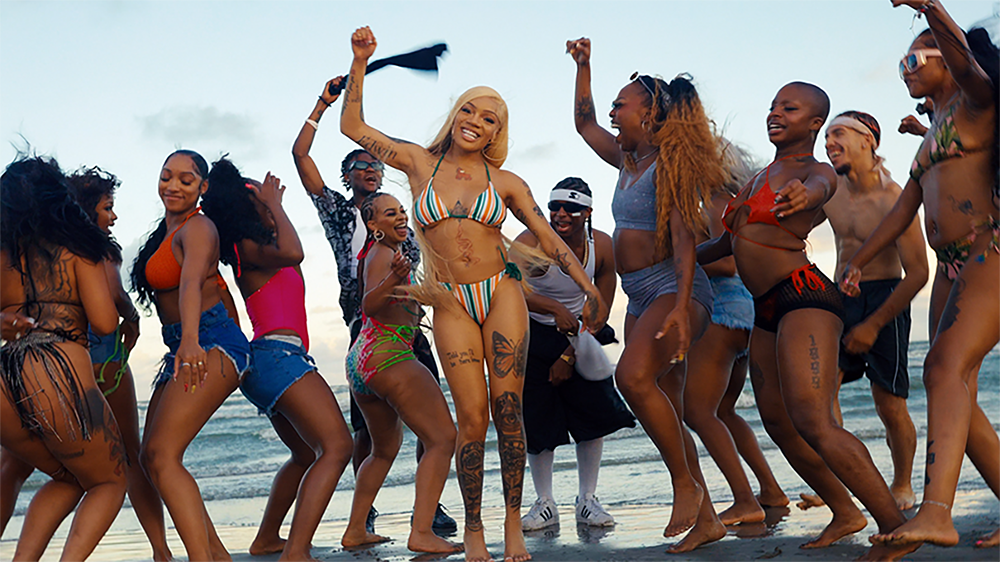
GloRilla in the “TGIF” video (Photo (top): Interscope); GloRilla hits the gym with Moneybagg Yo. (Photo (bottom): Courtesy Interscope)
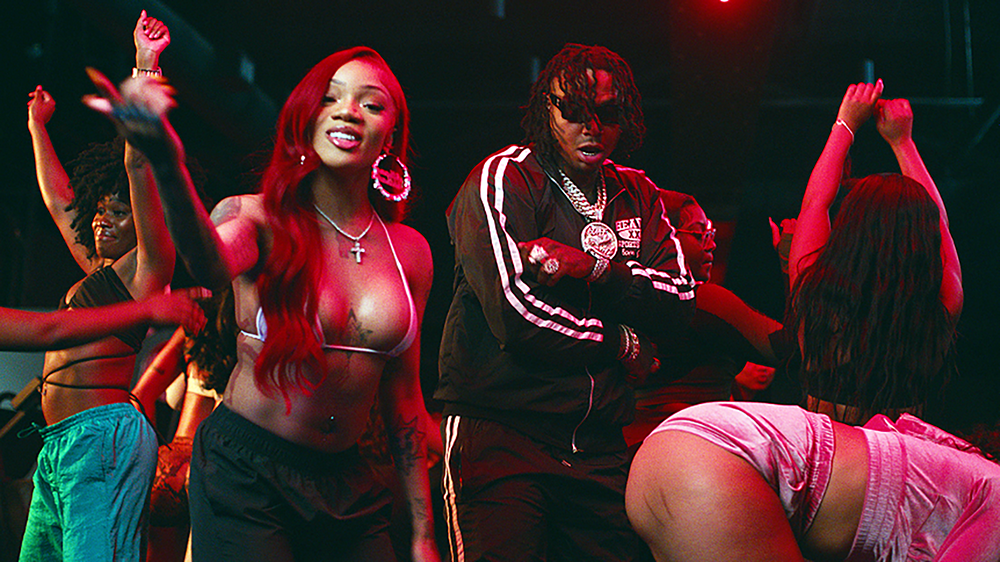
Rite of Passage
It was the summer of 2024, and “Wanna Be” by GloRilla and Megan Thee Stallion had quickly shaped up to be the song of the season. The sample of Soulja Boy’s “Pretty Boy Swag” juxtaposed with Glo’s cadence and the promise of “Real Hot Girl Sh*t” created a bop that’d make its way to my end-of-the-year replay playlist.
It became that year’s backing track for epic summer photo dumps and story posts — but it also showed me that Glo was always on time. In 2022, she dropped the seminal single “F.N.F.” And as my friends and I hit the town that season, hearing “Hitkidd, what it do mane?” was the precursor to memories we still relish. Add in the release that year of “Tomorrow” and “Tomorrow 2” — with verses as prophetic as “Can get my feelings hurt today/I won’t give a fuck tomorrow” — her songs became anthems filled with empowering mantras, marked by her signature gangsta prowess.
Back to 2024, the release of “Wanna Be” ensured that the event of the summer was going to be everything my friends and I had hoped for. The three of us snagged tickets for the Houston show on Megan Thee Stallion’s Hot Girl Summer Tour, and while the sweltering heat could’ve taken even the fiercest hotties out, we sat ready in floor seats for the epic core memories to come.
Seeing Glo in person is special. I’d even say it’s a rite of passage for any pop-culture connoisseur. She transcends the moniker of a “rap artist” — her interviews and snappy quips give life to the charm that reverberates in her flow.
Take one of her most recent viral videos of her in her bonnet in the studio chanting, “Wobbilly wiggily, huah!” into the microphone. She has the relatability and candidness that even the most sought-after publicist can’t manufacture for artists. And she can’t help but make you smile during a late-night scroll on TikTok.
Whether it’s her authentic reaction to meeting Beyoncé or breaking the fourth wall and interacting with fans on Facebook, she so naturally reminds us that she’s human — a girl from Memphis, to be exact. Days before she’s set to perform at her inaugural Glo Bash, she takes to Facebook — a more intimate social platform — asking her fans if she should tease us with a snippet before the show. Her chronically online presence is refreshing. Glo could easily just grace us with the occasional surprise drop, as many of her colleagues do, but something about asking her friends and followers for advice on the web shows a more open and intimate side that we don’t often see of superstars.
It was, perhaps, inevitable that the world would be captivated by her Southern charm — amplified by the Memphis accent (see “Accent” by Megan Thee Stallion and GloRilla). She’s aware that she’s loved far and wide, and every appearance, interaction, and interview seem to be a love letter to her fans — a mark of her ingenuity and a promise of her sincerity.
Her approachability makes seeing her in concert that much more exciting. It’s like seeing a friend work hard and enjoy the fruits of their labor, rather than just another celebrity. And that feeling, for me, is furthered by a shared identity. Not only is Glo a fellow Leo, but she’s a Black woman, which makes rooting for her even more sentimental.
The music industry has always been an inequitable place for women, and being a Black female artist in the hip-hop space is even more complicated. Society is often stricter when evaluating the success of women artists based on likability and how they measure up to male artists on the charts.
Seeing Glo come alive to the lyrics of “Yeah Glo!” with other Black girls yelling at the top of our lungs was exhilarating. We were cheering her on, celebrating her success as an artist who’d fulfilled a dream she was destined to claim. — Kailynn Johnson

Queen of Memphis
While GloRilla has been omnipresent on the charts, and a regular on our favorite playlists, there have not been many Glo sightings in her hometown of late. Her past three years having been one of the most prolific stretches of hitmaking that any artist could boast, this is a woman on the move, busy making waves. Yet before diving back into the studio, she can’t resist taking a minute to speak with the Flyer about this most triumphant of homecomings for Glo Bash.
“I’m not in Memphis that much,” she admits right off the bat. “I record a lot in Atlanta and L.A.” And yet it’s clear from her music that Glo carries her hometown in her heart wherever she goes. It’s all spelled out in one of the standout tracks on Glorious, “Queen of Memphis,” featuring Fridayy, where she absolutely owns her roots: “I’m from where you cross that line you can’t go back/Money ain’t change shit, I’m the same bitch from Fraysеr/Right up out the trenches, I’m the same bitch who made it/Callin’ me you twin, but you the same bitch who hated.”
But even as she owns her roots, she also owns her fame: “Lately I been winning, took some Ls but it ain’t faze me/Ran up them millions and the glow-up lookin’ crazy/Sellin’ out arenas, every city do it daily/KD, I’m just sayin’ how they traded/Hate me ’cause I’m on top like some gravy/Track meet, I been runnin’ up that paper/Big Glo, Queen of Memphis, no debatin’.”
Her success has meant an escape from those roots, even if her brand includes being Memphis AF. “The energy of Memphis lives in her,” wrote Brooklyn White in Essence magazine in 2022. Glo herself told White, “I still got the crunk sound. I got the sound Memphis got. When you hear me rap, you hear Memphis.” Yet her hometown is also something to transcend. As White wrote, “Once the ‘F.N.F.’ video was released, the world wanted a piece of Big Glo. ‘The next day everybody was calling and talking about, “Come to Miami. Come here.” All the labels were calling me,’ she says, her cadence speeding up. The success of the song changed her life. ‘I don’t never be [in] Memphis no more. And I ain’t broke no more.’”
Yet look no further than her latest single and music video to see a very Memphis Glo in full flower. If the upcoming Glo Bash is one way of reaping the rewards of what she’s built, so too is using her freedom to push her art, and the genre of hip-hop, beyond its status quo boundaries. And that’s what she does with “Rain Down on Me,” an intriguing mix of the rapper’s storytelling genius and contemporary gospel, featuring none other than Kirk Franklin and Maverick City Music. In this version of Glo, haters are just “blessings-blockers,” and faith offers a way to make it in the world: “I know I’m a sinner, Lord, and I know I might sin again,” she intones. “So thank You for not givin’ up and still givin’ me the strength to win/Protect me from the evil that I can’t see with my eyes/And if it’s any blessing-blockers ’round me, help me cut them ties/In Jesus’ name …”
The church, it turns out, has always been tremendously important to GloRilla. “I was in church most of my life,” she tells the Flyer. “My mama, she’s a Christian, and my dad’s a Christian. So I grew up in church, and it’s played a big part in all my life.” When asked what church in particular she attended, she says, “Oh, I grew up going to a few churches. I don’t want to single any out, but one of them was Promise Land [Church of God in Christ] in Orange Mound.”
The song, she says, reflects all of her church experiences, “everything as a whole, like my whole life, being in church, and even to now.” And, she notes, “When I’m in Memphis, I’ve stopped there a couple times, but not as often as I should. I’m trying to make it a habit. I was just talking about this the other day …”
She’s also stayed connected to Memphis in other ways, first donating $20,000 to her early alma mater, Westside Middle School, then gifting another $25,000 to Melrose High School, which she attended in her late teens. Glo has also expressed her social engagement on the national stage, formally endorsing Kamala Harris for president last year and meeting with President Biden.
Now, she’s on the threshold of her triumphant, star-studded homecoming, which will, she says, “have a lot of superstar guest artists popping out. A lot of people Memphis ain’t seen yet. So I think they’re gonna love it, including my performance. I’m in rehearsals now for it, and it’s gonna be something big for Memphis.” Moreover, as Glo Bash approaches, she’s acutely aware of her position as a role model and inspiration to millions of young women, offering this final message to her sisters far and wide:
“To my ladies out there, especially my Memphis people: It’s hard, where we come from. And all across the world where it’s hard, just get through it. Pray, stand on what you believe in, and keep pushing — and never give up.” — Alex Greene
